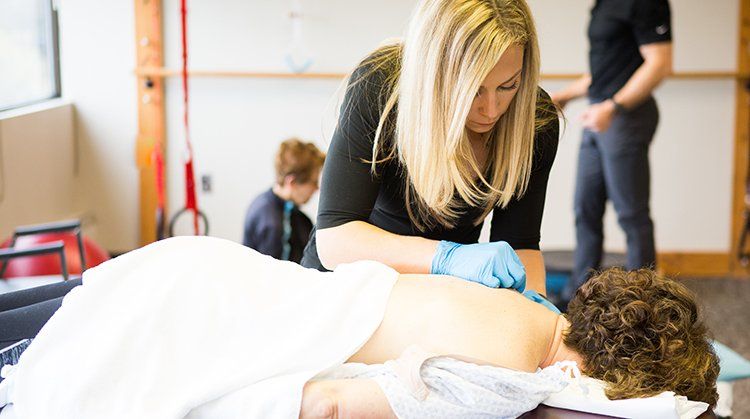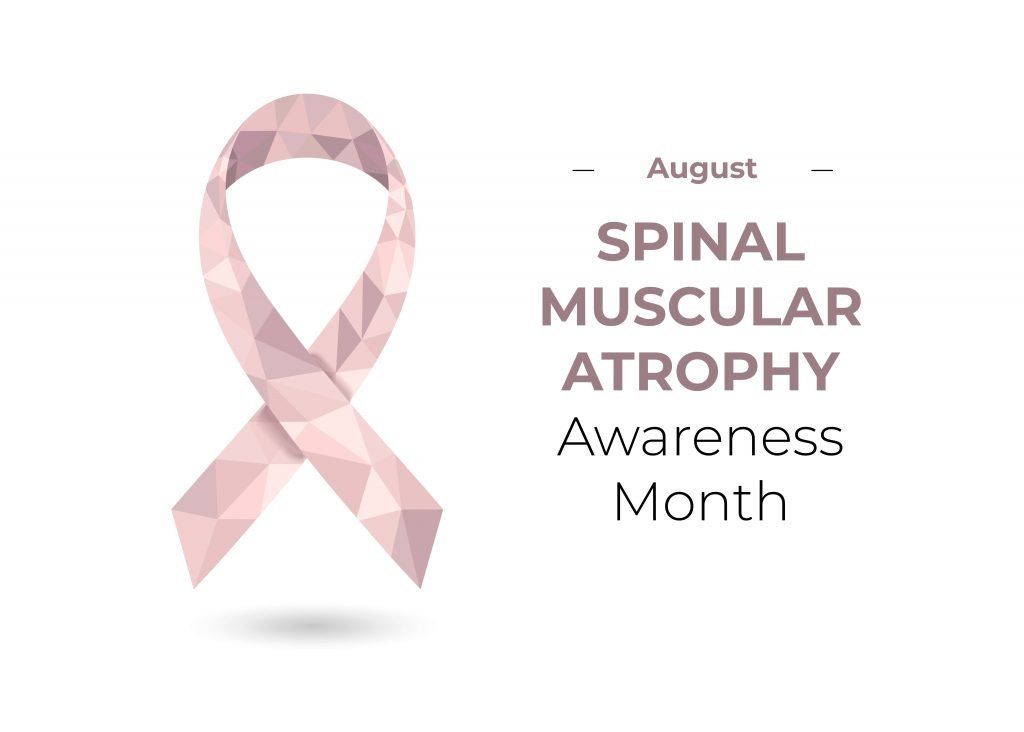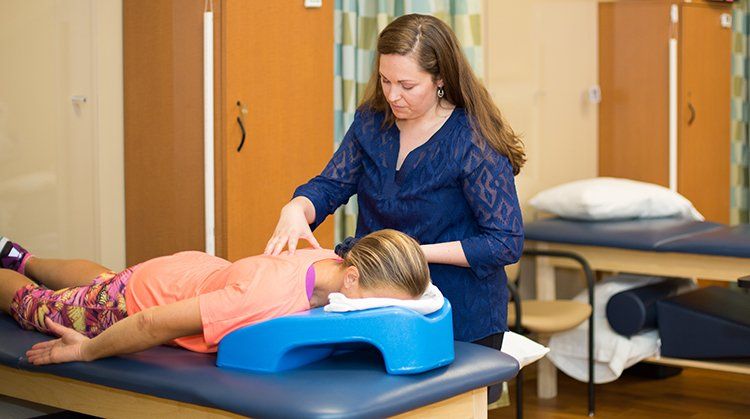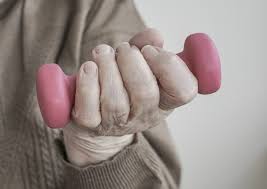








Hyperkyphosis is a spinal deformity causing a forward-curved posture of the upper back (thoracic spine). Posture is the characteristic way you position your body; posture changes many times throughout the day due to a variety of factors, including what you are doing and how long you have been doing it. Sometimes, however, a person's posture can cause the thoracic curvature to become excessive and stiff, making it difficult to change. Such is the case with hyperkyphosis (sometimes called “humpback,” “round back,” or “dowager’s hump”). This condition can affect people of all ages, but the thoracic curvature most often begins to increase in people over 40 and continues with advancing age. It is believed that 20% to 40% of older adults—both men and women—will develop hyperkyphosis
What is Hyperkyphosis?
Hyperkyphosis is a spinal deformity that occurs when the natural forward-curving shape of the upper back becomes excessive. It results in the appearance of rounded shoulders with the head and neck positioned forward of the trunk. People with this condition often have difficulty standing up straight. The worsening of the curvature is associated with a higher risk of health problems, including back and neck pain, breathing difficulties, and falls.
Hyperkyphosis can result from conditions such as osteoporosis or thinning bones, and fractures of the vertebrae that result from osteoporosis or Scheuermann's disease. However, research has found that two-thirds of people with hyperkyphosis do not have spinal fractures. Suspected causes for development of this spinal deformity when vertebral (spinal) fractures are not present are:
Signs and Symptoms
The most prominent symptom of hyperkyphosis you might notice is the appearance of a rounded back.
CAUTION: If you notice a sudden increase in the curvature of your back, call your doctor. A sudden change in the curve of the spine can be associated with other health problems.
Untreated hyperkyphosis can cause:
If you have advanced hyperkyphosis, you may experience:
How Is It Diagnosed?
Hyperkyphosis will be assessed first with a visual inspection of your back. Your spinal curve may be measured using a flexible ruler or X-ray. If an X-ray is taken, a radiologist will measure the spinal angles on the X-ray. If a curve measures greater than 40°, hyperkyphosis is diagnosed.
Sometimes spinal changes occur because of fractures due to thinning bones or a condition called osteoporosis. Spinal changes also can result from degenerative disc disease or arthritis. These problems are commonly associated with aging. Other problems not associated with aging could also cause a sudden change in posture; however, problems such as a tumor, infection, or neurologic changes are uncommon. Your physician may prescribe imaging tests such as X-rays or an MRI of the thoracic spine to determine whether you have any of these less common conditions affecting your posture.
If you have advanced hyperkyphosis, you may experience difficulty breathing even though you do not have a history of lung or heart disease. You may also notice that there is lessening of the distance between your lowest ribs and your pelvic bones. In this case, pulmonary function tests may be prescribed to measure whether your hyperkyphosis is restricting your breathing.
How Can a Physical Therapist Help?
A physical therapist can help rehabilitate the postural changes and functional limitations associated with hyperkyphosis.
Your physical therapist will begin by reviewing your past and present medical history with you as well as what medications you normally take. If you report a sudden change in your posture, severe pain, or a significant change in your physical function, you will be referred to your primary care physician. A sudden increase in the rounding of your back may indicate a more serious health problem.
When a more serious problem is ruled out, your physical therapist will perform special tests to assess your unique condition. Your physical therapist will begin by observing, measuring, and recording your postural alignment, trunk strength, range of motion, and flexibility in movement. If you are experiencing difficulty walking or keeping your balance, your physical therapist will observe your movement and perform tests to determine the level of difficulty, and whether you have an increased risk of falling.
Your physical therapist will design a treatment program to address your specific needs and goals. Your treatment may include:
Remember, all cases of hyperkyphosis are different. Your physical therapist will choose the best treatment options for you based on your specific condition.
Can this Injury or Condition be Prevented?
Research has not shown that hyperkyphosis can be prevented. However, it has shown that maintaining and improving posture and physical fitness can reduce hyperkyphosis and prevent it from worsening with the normal aging process.
Protecting your spine in daily activity may also be important in preventing progression or worsening of hyperkyphosis. Your physical therapist may advise you to:








